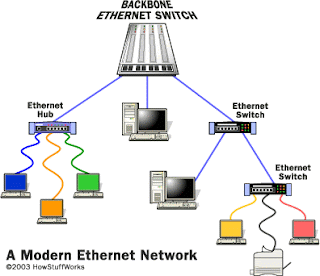Shielded Twisted Pair (STP) Cables Projected to Have the Highest Growth of All Copper Cables Used in Structured Cabling Systems (SCS) // 12.05.2011
HUMMELSTOWN, PENNSYLVANIA — FTM Consulting, Inc announced that its latest study, “U.S. Structured Cabling System Copper Cabled Forecast”, examines and forecasts the three major types of copper cables: UTP, STP and Coax. Frank Murawski, President, said, “STP cables are expected to have the highest growth, at 26.4%, over the next five years. The total copper cable market for SCS is forecast to grow from $4 billion in 2011, at a 20.8% rate, to more than $10 billion by 2016. Most of this growth is driven by existing installations upgrading from early Cat 5 UTP cabling plus the need for copper cable in new networking applications, such as VOIP or data centers. The pie chart shows the distribution of the three different copper cable types for 2011 and 2016.”
The study provides quantitative data on the following:
- How large will the shielded cable market be compared to UTP cables?
- Cat 6 versus Cat 6a — what will be the larger market in the future?
Five-year forecasts to 2016 include:
- UTP and shielded cables by plenum & non-plenum — by categories;
- Coax cable by plenum & non plenum & cable types;
- Future technology outlook — examines copper cable beyond 100 Gbps; 400 & 1000 Gbps.
UTP cables are expected to continue to dominate the market, with a 92.6% share in 2011, increasing to a 95.6% share in 2016. STP cables, even with their high growth rate, are expected to capture a minor share, from 2.2% in 2011 to a 2.8% share by 2016. This includes the anticipated TIA standard for Cat 7 and Cat 7a STP cables. STP cables are viewed as a niche market product for those smaller installations needing higher bandwidth than is available with
UTP cables, but due to financial considerations are reluctant to upgrade to fiber cabling. Coax cable is projected to decline, as the primary cabling application of security video camera networks evolves from coax cable to high-performance UTP cable, which is capable of supporting the video signals.
Detailed forecasts for copper cable can be found in this study, as well as copper cable usage beyond 100 Gbps, using multiple lanes of 10 Gbps or 25 Gbps UTP cables to support 400 and 1000 Gbps over limited distances in the future.


